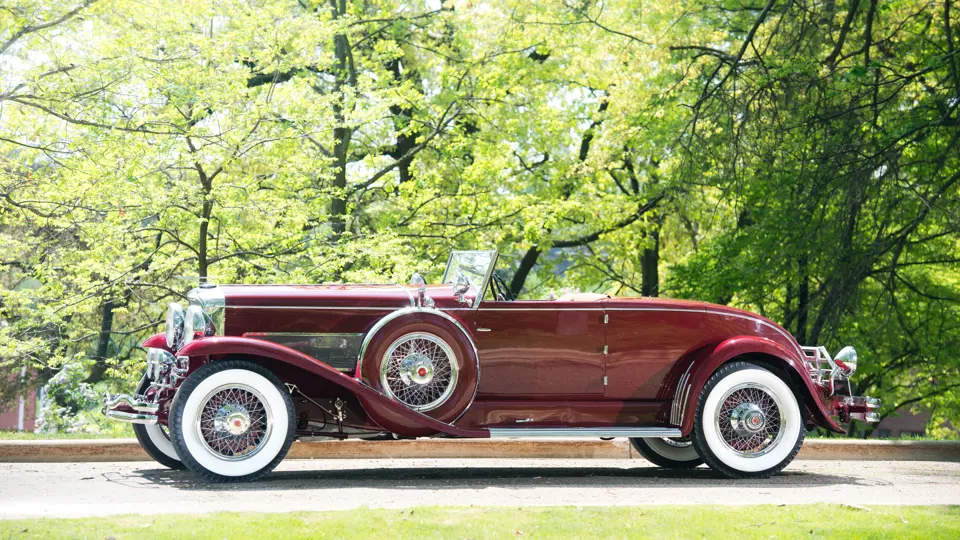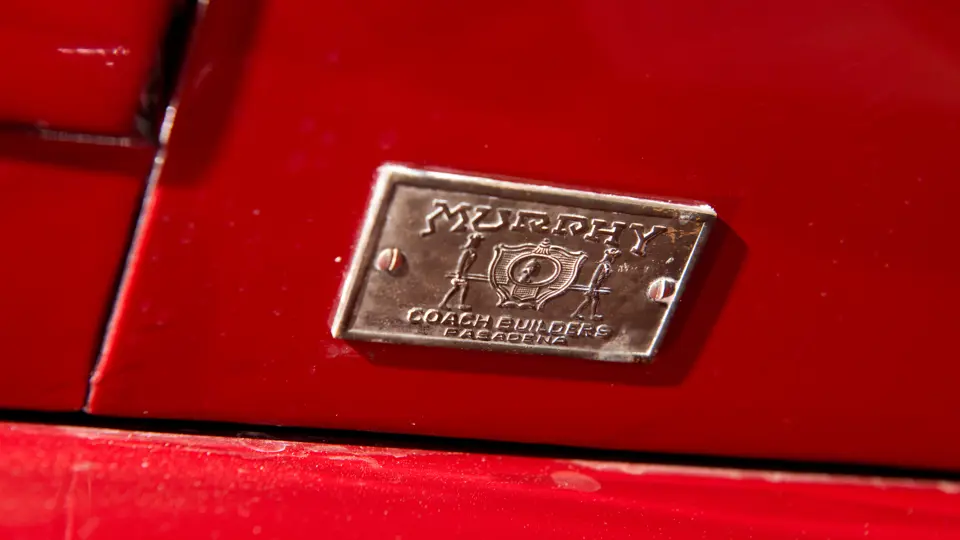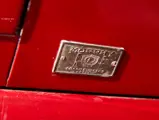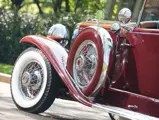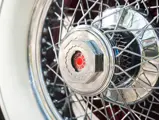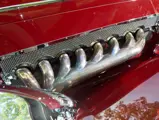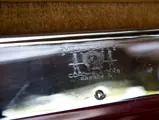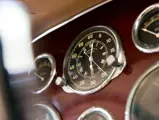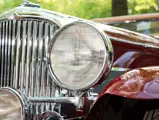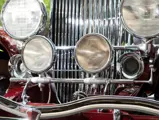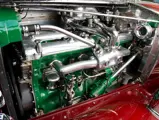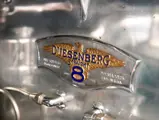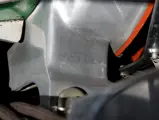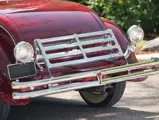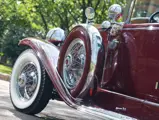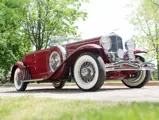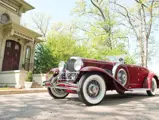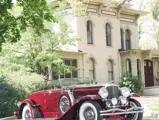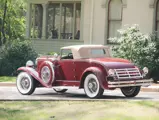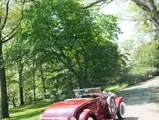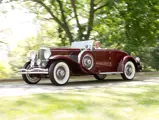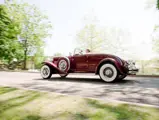
1931 Duesenberg Model SJ 'Disappearing Top' Convertible Coupe by Murphy
{{lr.item.text}}
$2,000,000 - $2,500,000 USD | Not Sold
{{bidding.lot.reserveStatusFormatted}}
- A genuine disappearing top Murphy Convertible Coupe with original engine, chassis, and body
- Painstakingly restored with a supercharger and Monel side exhaust
- ACD Club Certified Category One
320 bhp, 420 cu. in. DOHC inline eight-cylinder engine with centrifugal supercharger, three-speed manual transmission, beam type front and live rear axles with semi-elliptic leaf springs, and vacuum-assisted four-wheel hydraulic drum brakes. Wheelbase: 142.5 in.
In the custom body era, Walter M. Murphy Company’s creations on Model J Duesenberg chassis would come to define California cool. Light, crisp, clean lines, devoid of useless ostentation yet exaggerating the Duesenberg’s powerful heft, made Murphy coachwork a favorite of Model J buyers, as well as with the factory, which included a variety of the coachbuilder’s offerings in its catalogue.
Among the factory-catalogued styles was the convertible coupe with a disappearing top. Hiding the stack of fabric and wood bows beneath a metal lid allowed for an uninterrupted line, which flowed from the famous Duesenberg radiator, back through the doors, and down over the rear deck, forming a clear and smooth expanse of uninterrupted metal that was outlined in a bare minimum of chrome. Windows disappeared neatly under chromed shutters when lowered, giving the sleek two-passenger car the aura of a true roadster.
It is believed that this design was fitted to 27 Model J chassis. These cars have come to represent the “World’s Mightiest Motor Car” in the eyes of many enthusiasts, and today, they are the most fiercely sought-after Duesenbergs on the market. Simply put, every collector who wants a Duesenberg, wants a Murphy Convertible Coupe with a disappearing top.
The car offered here is noteworthy among restored examples for the accuracy of its presentation. Featuring body number 925, engine number J-345, and frame and firewall numbered 2367, it is totally and completely numbers matching, as originally completed in 1930, retaining even the original crankshaft, numbered 345. Crankshafts were routinely swapped among Duesenbergs over the years, to the point where it is almost expected of a Duesenberg that it will not have its original; this Model J does.
Chassis 2367 was purchased new by William Collins, reportedly a New York underworld figure, on August 20, 1930. As the tale is told, Collins met an untimely and unfortunate end a day later, having never had the chance to enjoy his new Duesenberg, and the car was passed to Mickey Duffy, perhaps the most prominent bootlegger in Philadelphia at the time. Duffy enjoyed an appropriately flamboyant lifestyle, which included at least one other Duesenberg, and with Owney Madden, whose other interests included ownership of Harlem’s famed Cotton Club, he controlled the career of boxer Primo “The Ambling Alp” Carnera.
The car is said to have then passed to Madden, who has since been dubbed “The English Godfather” and immortalized in film and in print; the transfer makes sense, given the two’s business connections.
In 1931, the Duesenberg, having had only three colorful owners in its first year, was passed to James Imbrie Jr. and began a relaxed decade in which it was traded quietly among owners on the East Coast and in the American South, spending time in Miami and Georgia with such figures as noted art patron Alice DeLamar. At a time when the classifieds in Motor Trend were a treasure trove for early enthusiasts, chassis 2367 was advertised at $150 in the December 1953 issue.
In 1954, the car was acquired by Allan Eby, of Ohio, who passed it a year later to his son, Eldon. A long-time member of, and participant in, the classic car hobby, Eldon Eby became 2367’s longest-term caretaker. Between 1975 and 1980, Eby and David Griffioen lovingly restored the Duesenberg to its original condition.
With the goal of making the car the best that it could possibly be, it was converted to the ultimate SJ specification, utilizing a single-carburetor supercharger assembled from meticulously remanufactured components, identical to those that would have been used by the factory. The engine was fully rebuilt with hardened valve seats and bearings, and with the supercharger, it was good for the factory-quoted 320 horsepower. Exhaling through the extraordinarily rare and beautiful Monel side exhaust, as fitted to the famed Mudd Coupe and Brunn-bodied Torpedo Phaeton, the result is better in every detail than the SJ modifications done by factory branches in the 1930s. In fact, the restored chassis alone was enough of a work of art to merit an appearance, sans coachwork, in the color portfolio within Griffith Borgeson’s landmark work, Errett Lobban Cord.
In its day, this car set the standard for Duesenberg restorations, winning Best Duesenberg and Best in Show at the ACD Club National Reunion in 1982. Even today, Eby’s restoration is outstanding in its accuracy and authenticity.
In the early 1980s, Eby passed his beloved Duesenberg to John Thorpe, of California, in whose hands it appeared at the Pebble Beach Concours d’Elegance in 1983 and 1984. Over the next two decades, it would pass through the ownership of several well-known collectors, including the noted enthusiasts Gordon Apker and Calvin High, before joining a small, select collection of E.L. Cord’s finest products in the Midwest. When the new owner sought a skilled Duesenberg mechanic to help maintain his treasure, he found it in Eldon Eby, who, by coincidence, lived nearby and was ready and willing to once again maintain his family’s pride and joy.
Carefully kept since its restoration, by the man who knew and still knows it best, this amazing Duesenberg is among the few survivors of the disappearing top Murphy Convertible Coupe—a car which has come to define the “Mightiest Motor Car” to a generation of collectors. No great assemblage of American classics is complete without one, and once acquired, they are rarely traded. As such, the offering of this car, a matching-numbers and authentically restored example that is equipped with the most desirable supercharged engine, represents an opportunity as fleeting as the sight of a supercharged J, passing down the road with all eight cylinders howling happily.

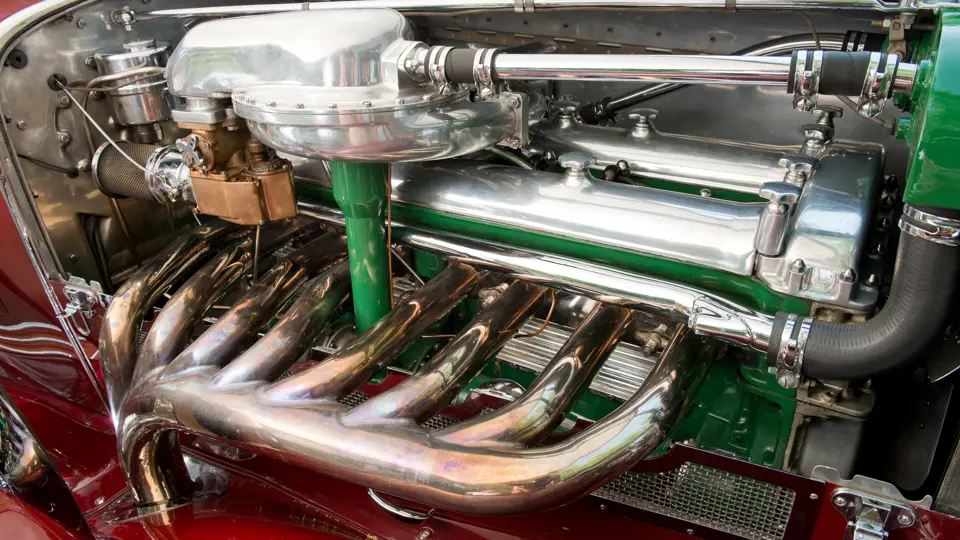


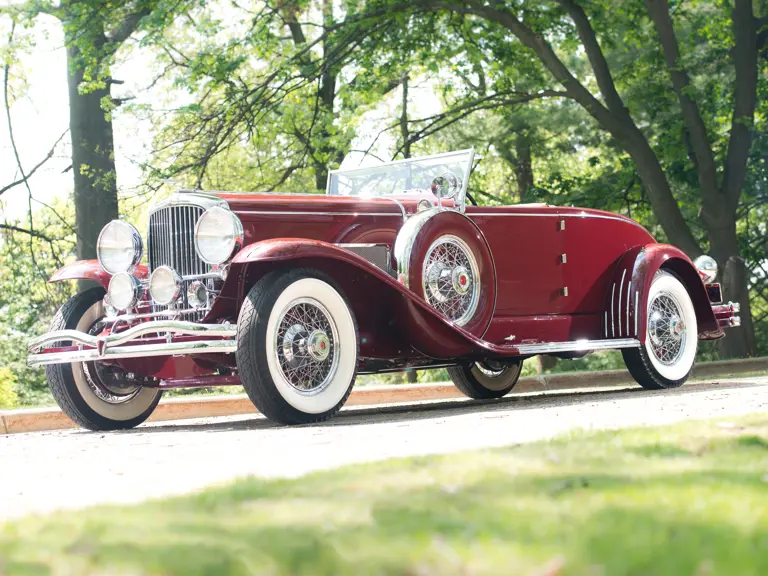
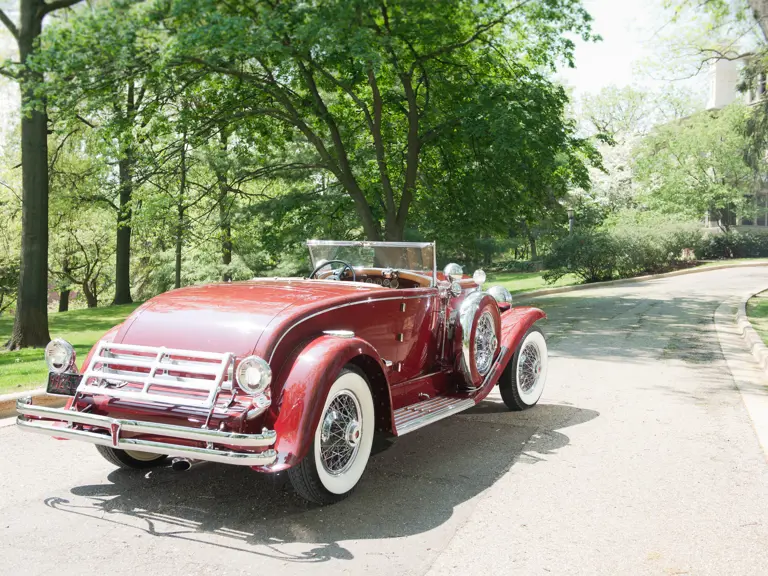
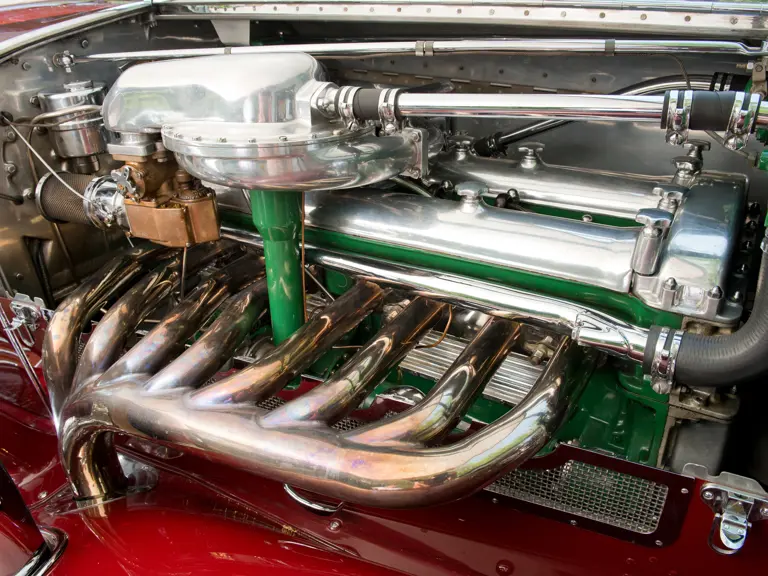
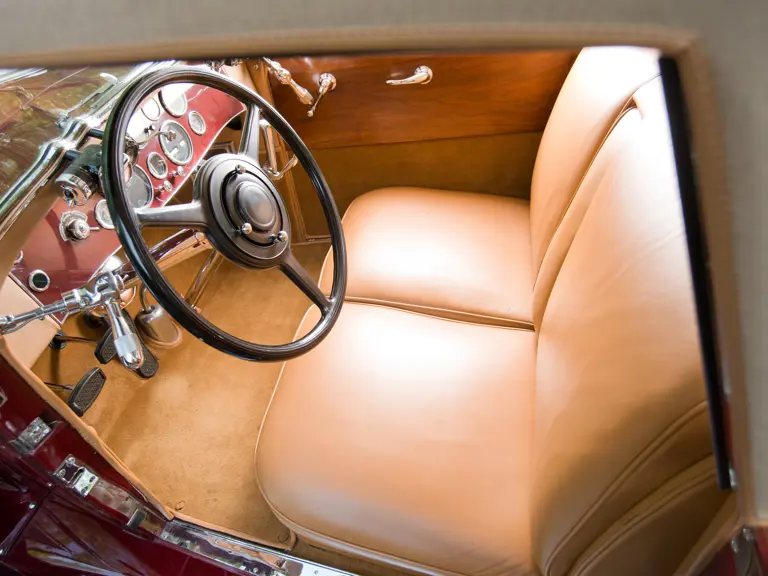
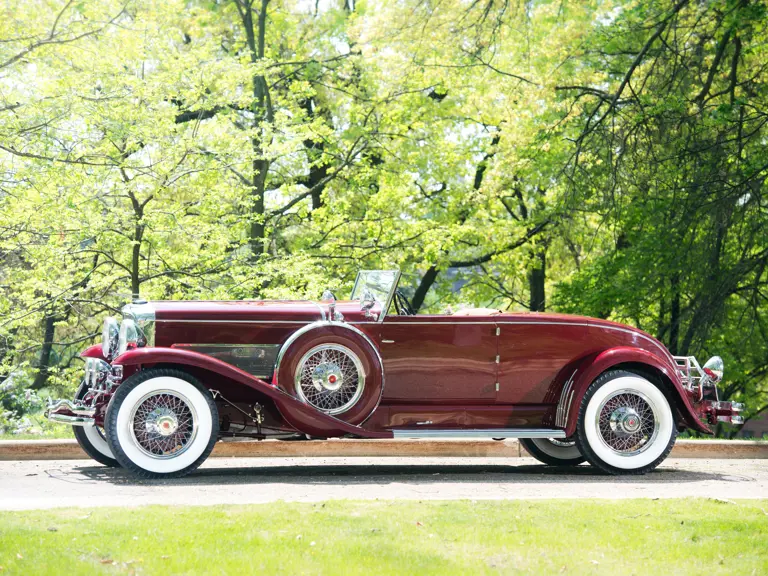
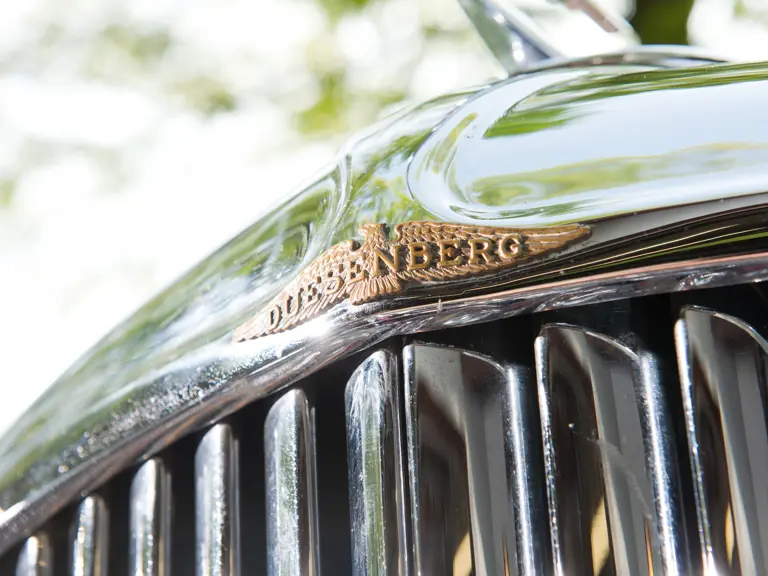
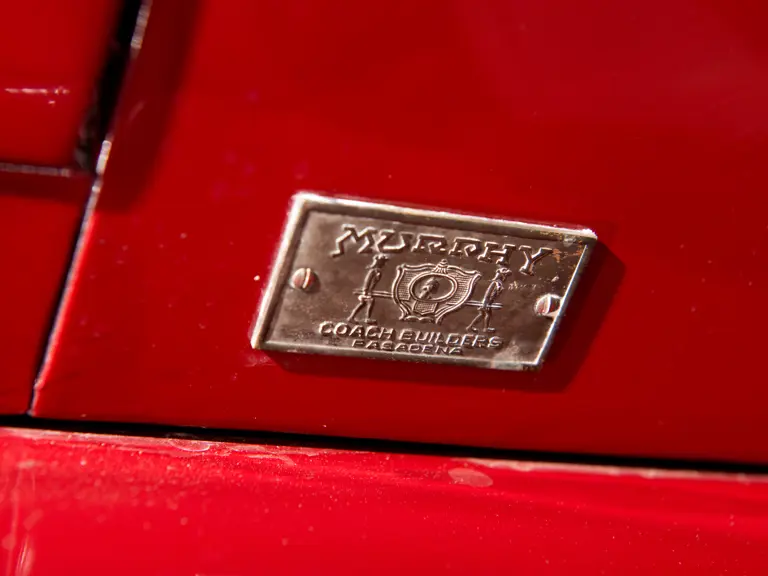

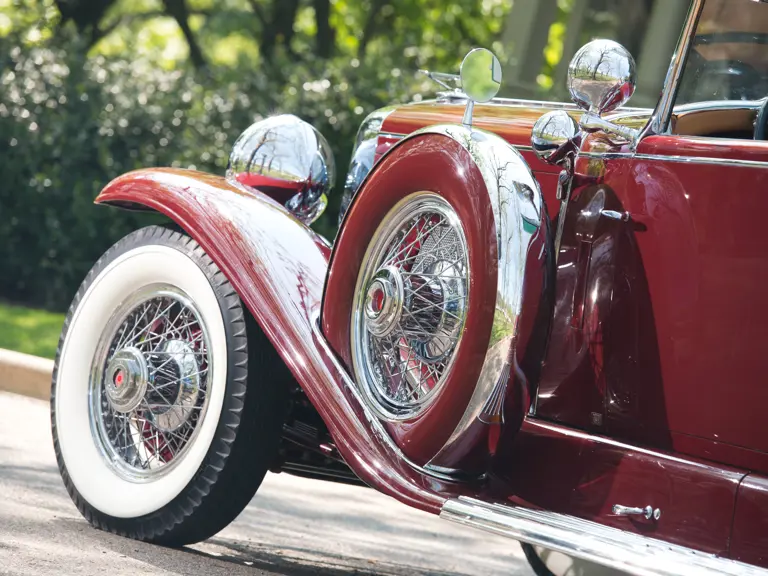
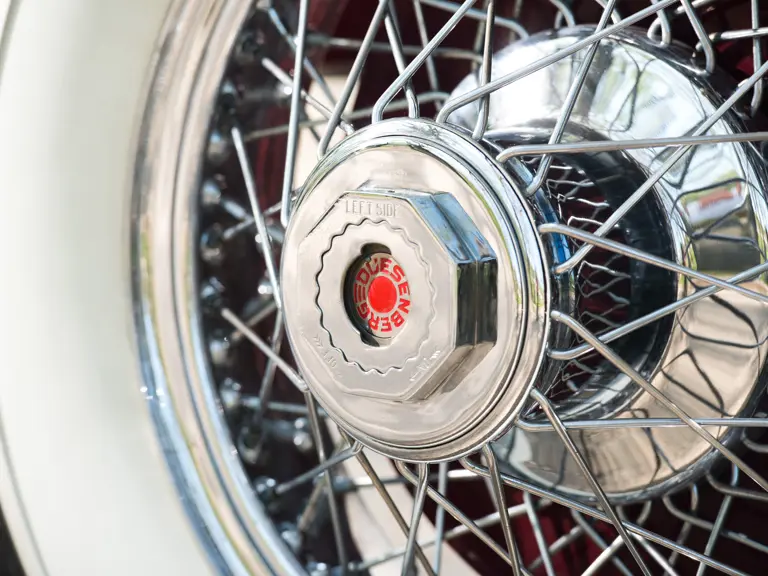

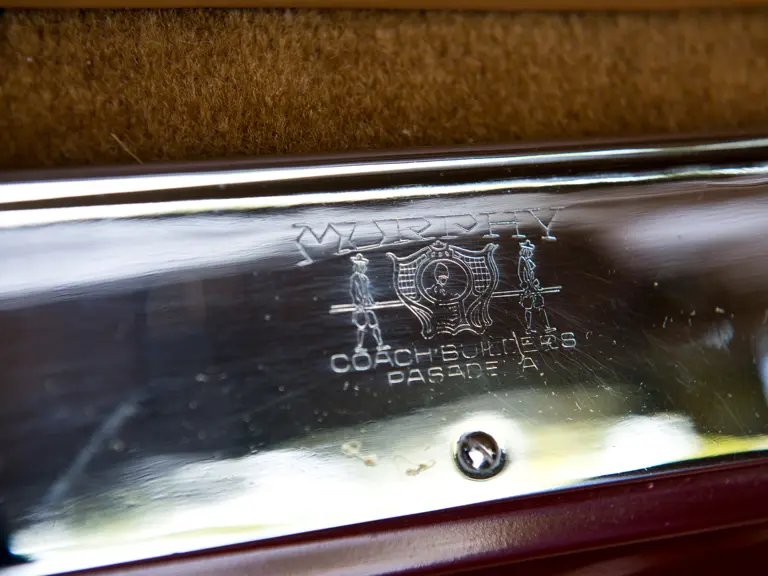
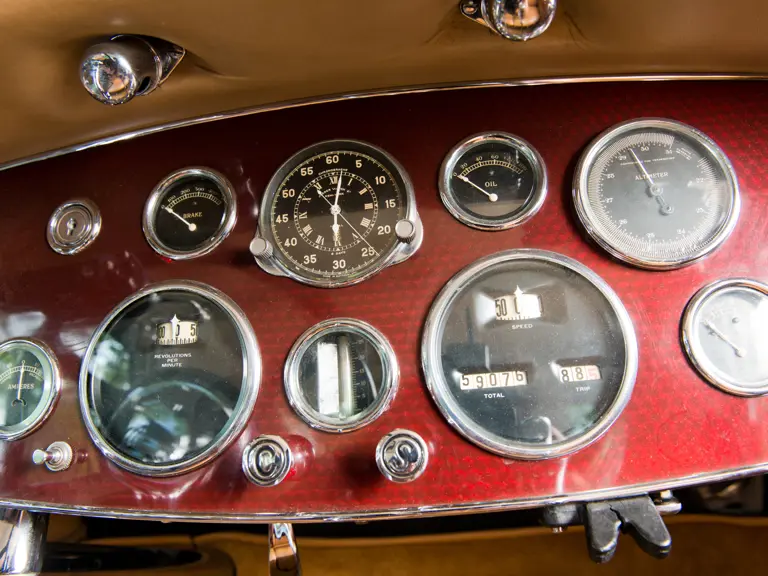

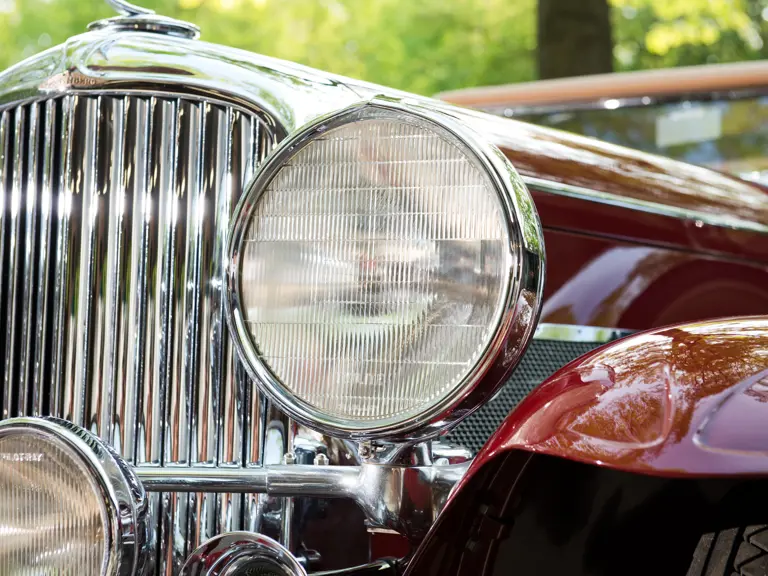
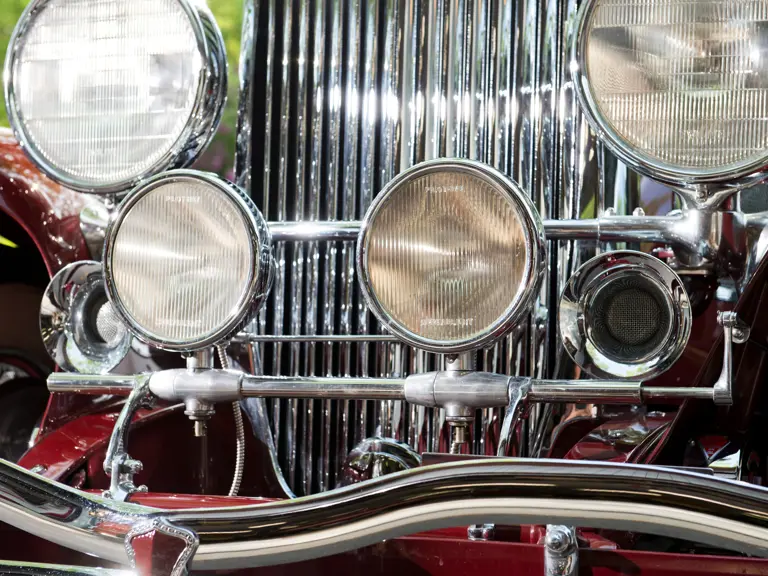
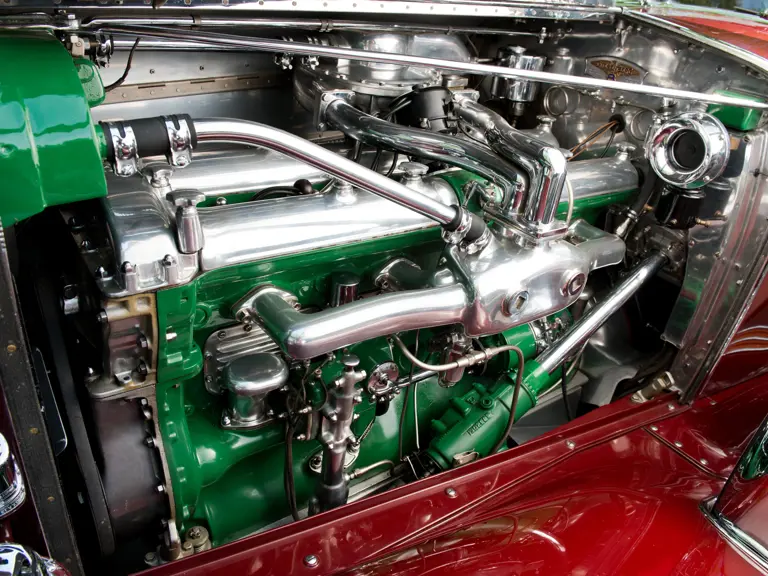
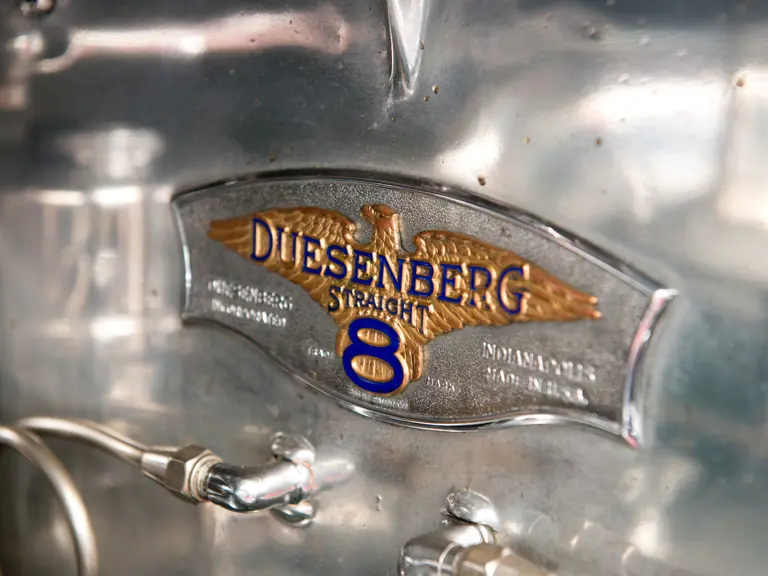
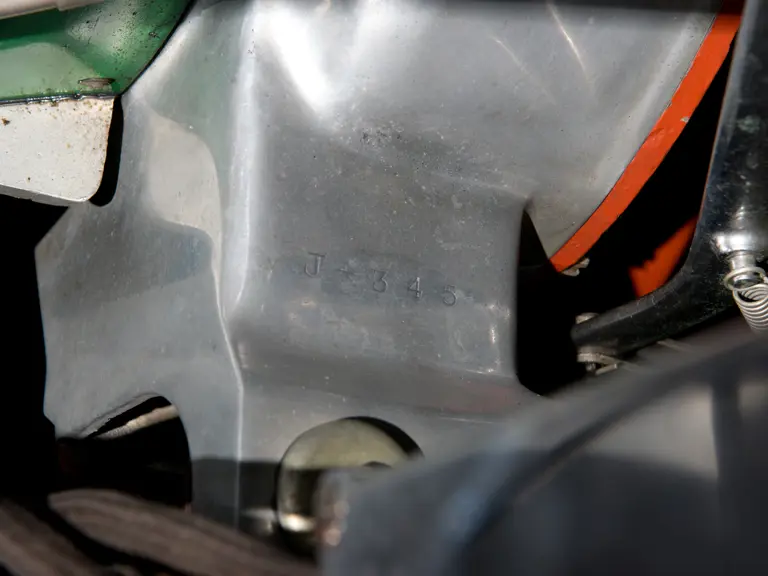
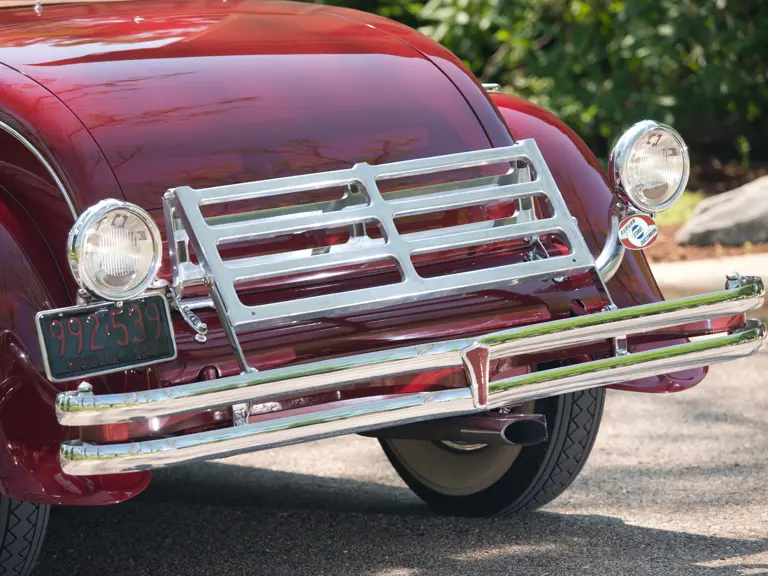
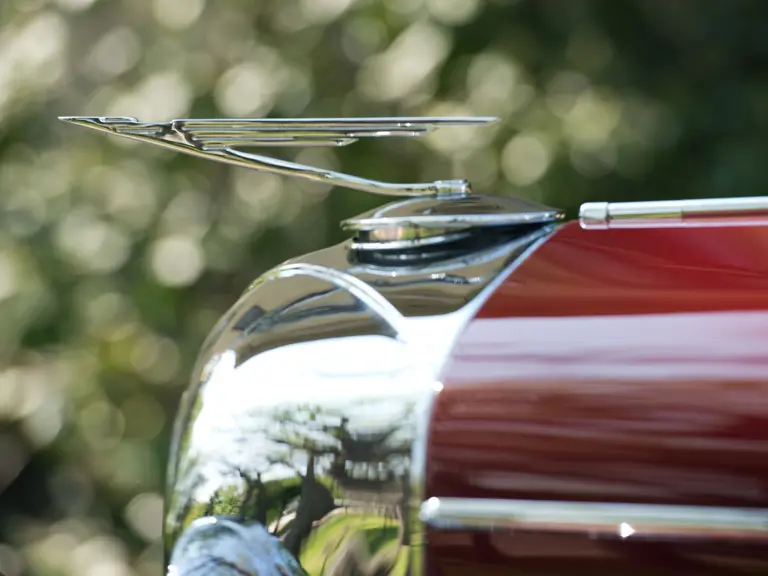
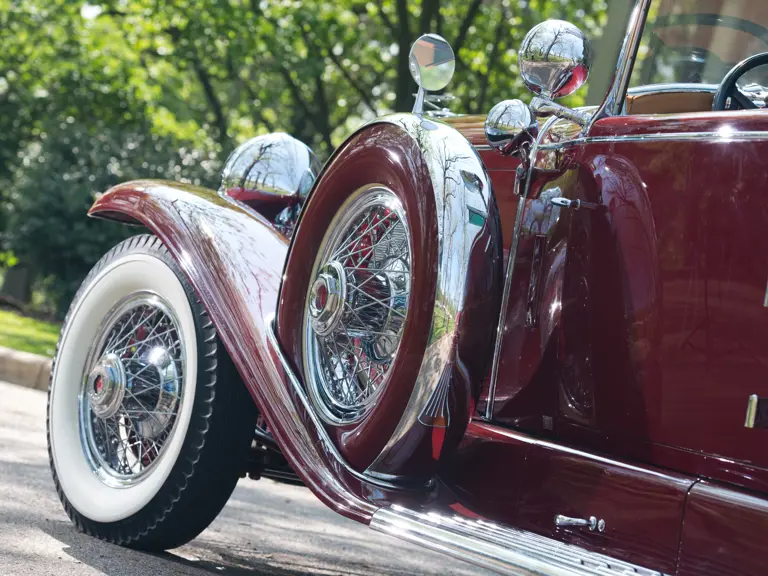
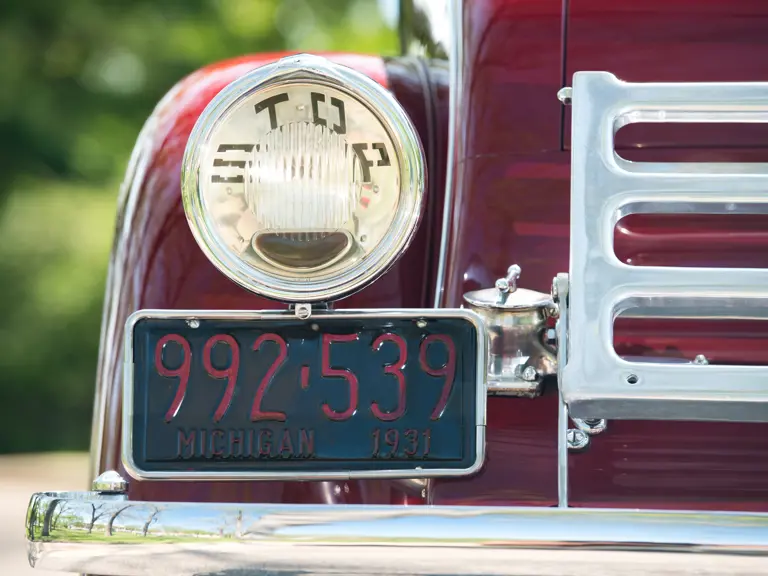

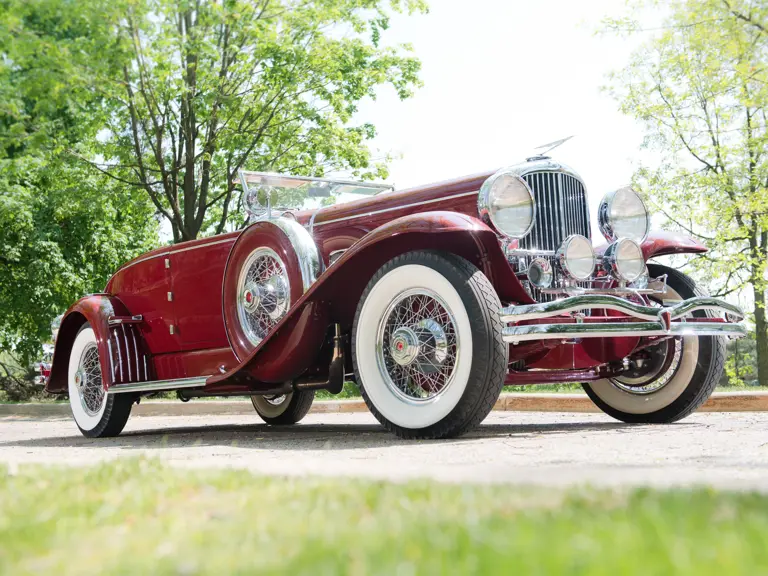
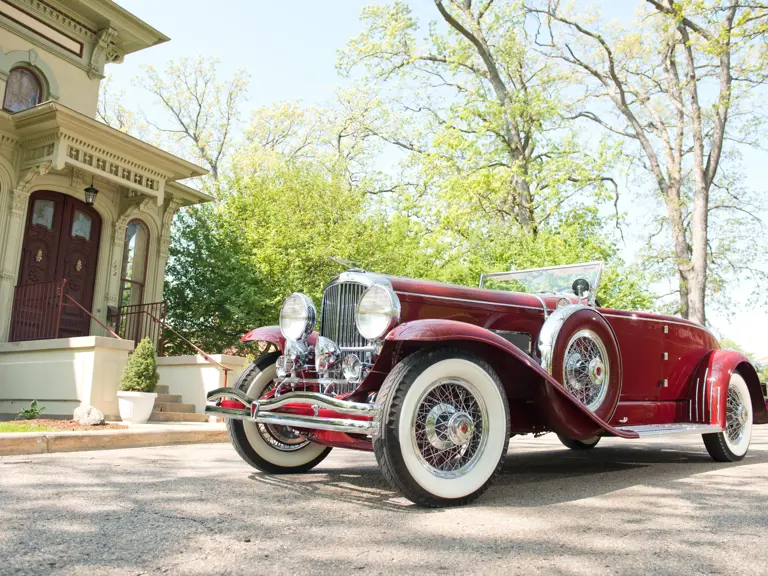
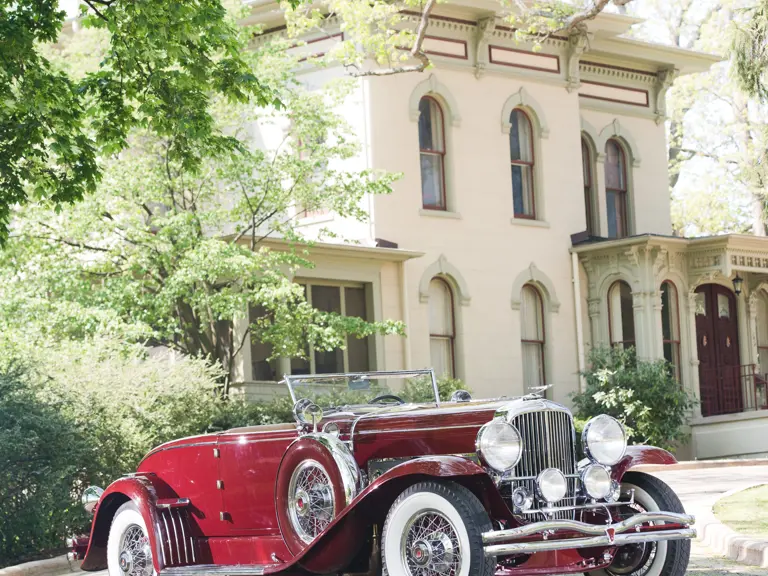
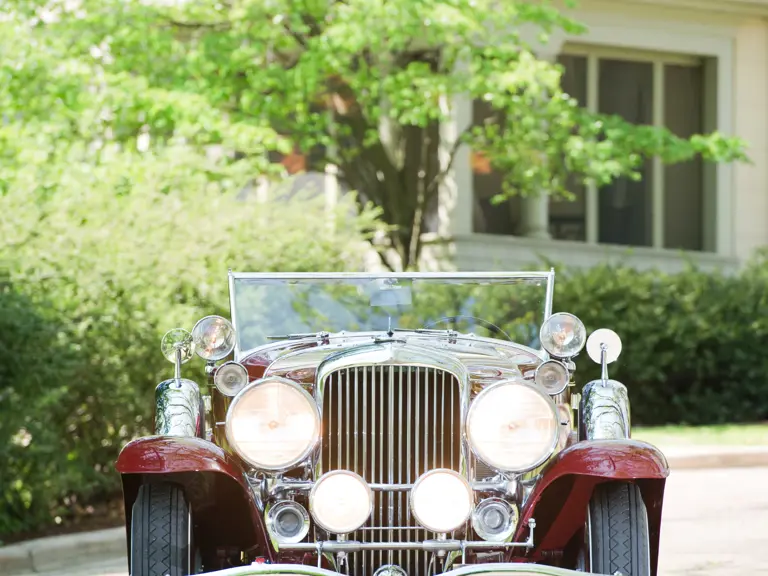

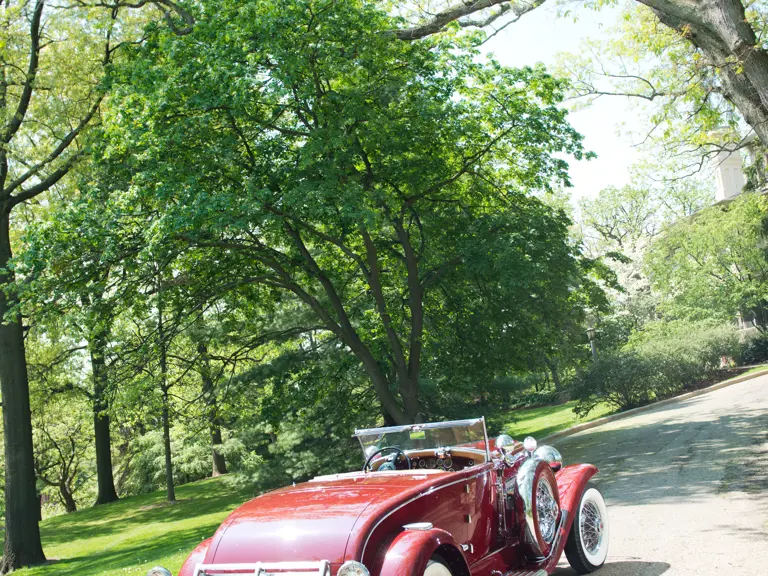
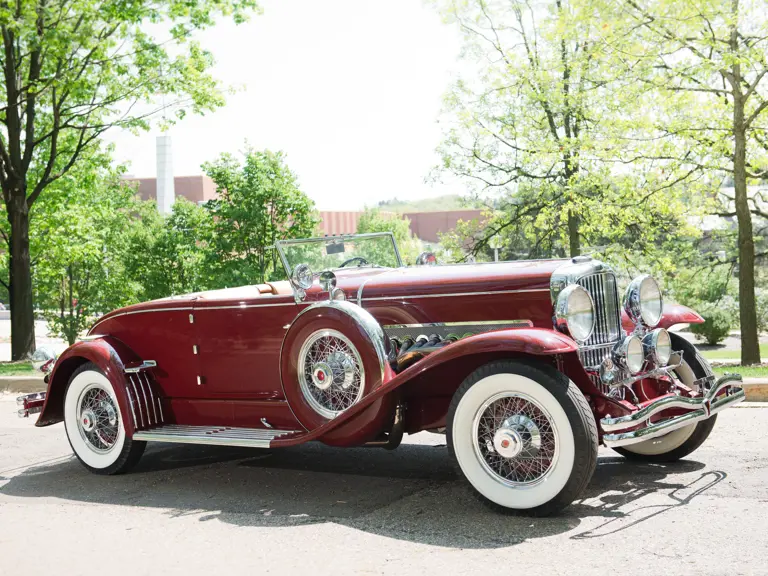
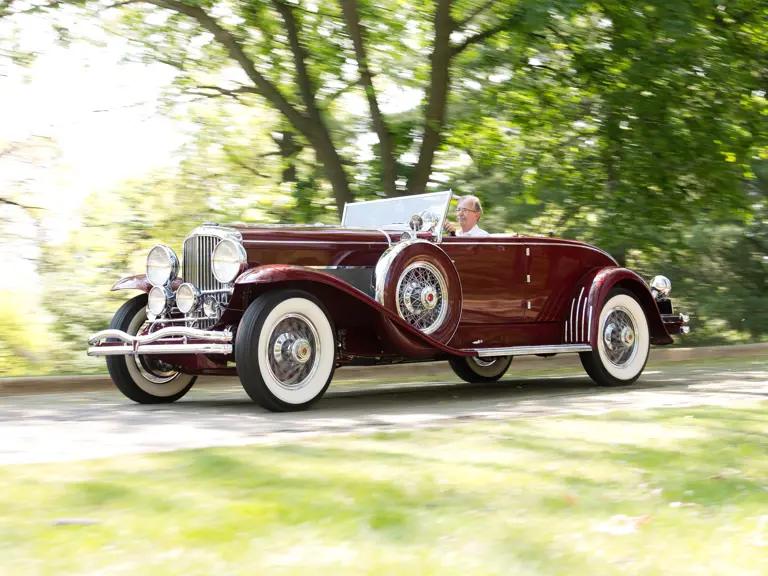

 | Monterey, California
| Monterey, California
